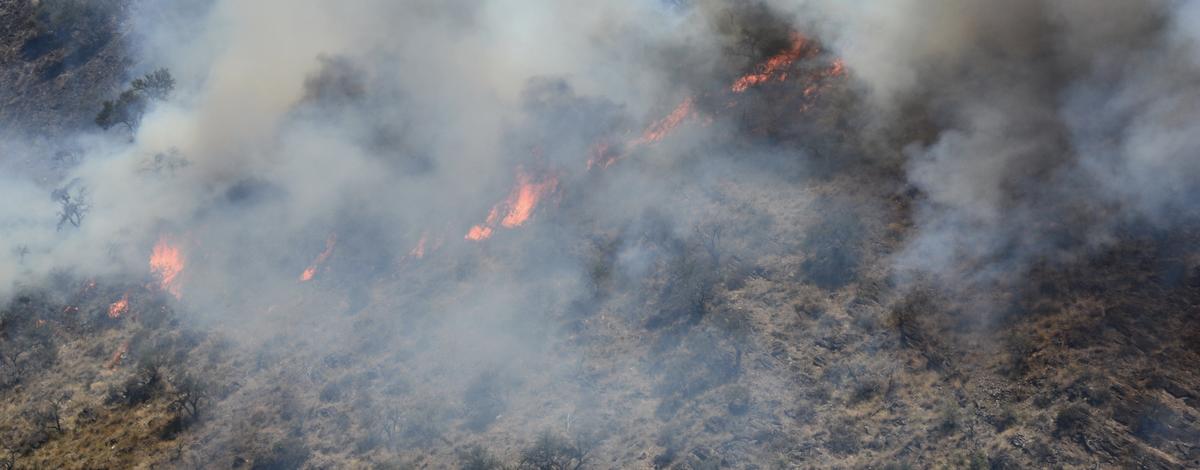Hunters planning their first trips should remember to check Fish and Game's fire information page to see if their hunts may be affected.
Large fires have burned in Central and North Idaho. Fire closure boundaries change as fires are put out and we get into fall, but it’s important that hunters know fire closures often extend far beyond the boundaries of the active fires.
To see current area closures and fire boundaries go to Fish and Game’s Idaho Fire Map.
People should also note that land closures can continue due to road and trail damage and safety concerns, even if weather cools and we get rain or snow. However, officials typically try to reopen areas when they are safe.
Hunters should also be aware of safety restrictions on campfires, gas engines, and other potential fire sources may still remain in portions of the state. Check with the Forest Service, BLM, or other land manager to find out if fire restrictions exist in your hunting area. These restrictions typically limit campfires and other open flames to designated areas, such as campgrounds.
Hunters should also remember that if even during cool or cold weather in the fall, the woods can remain dry, and wildfires can start, so people should always be careful with campfires, or any other open flames.
Idaho Department of Lands provided these tips to have a safe and enjoyable fire:
Constructing your warming fire
- Clear away all leaves and other combustibles from your fire circle.
- Do not build a fire underneath overhanging branches, against a stump, or directly on organic matter.
- Stash your firewood a safe distance upwind of your fire.
- Never leave your fire unattended.
Extinguishing your warming fire
- Drown the fire with water. Make sure all embers, coals and sticks are wet.
- Stir the remains, add more water and stir again. Be sure all burned material has been extinguished and cooled. If you do not have water, use dirt. Mix enough soil or sand with the embers. Continue adding and stirring until all material is cooled.
- Feel all materials with your bare hand. Make sure that no roots are burning. Do not bury your coals.
- If you used charcoal briquettes, "dunk ' em!" Don't sprinkle them around. Soak the coals with water; stir them and soak again. Be sure they are out cold. Carefully feel the coals with your bare hands to be sure they are cold to the touch.

